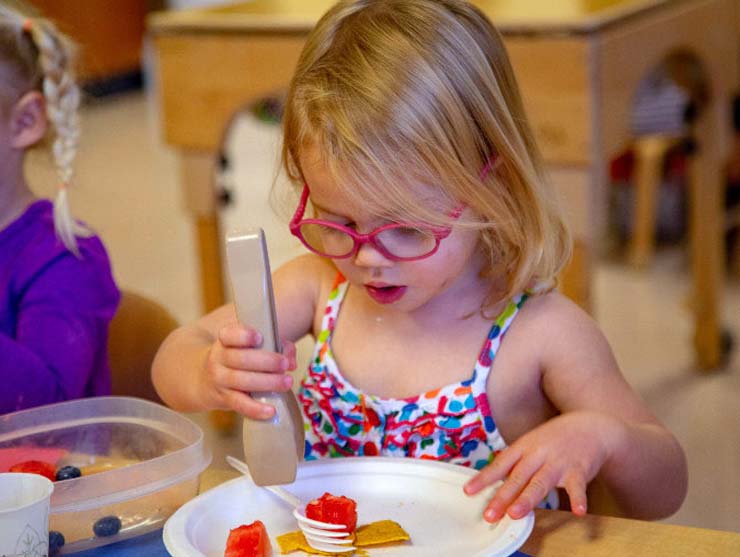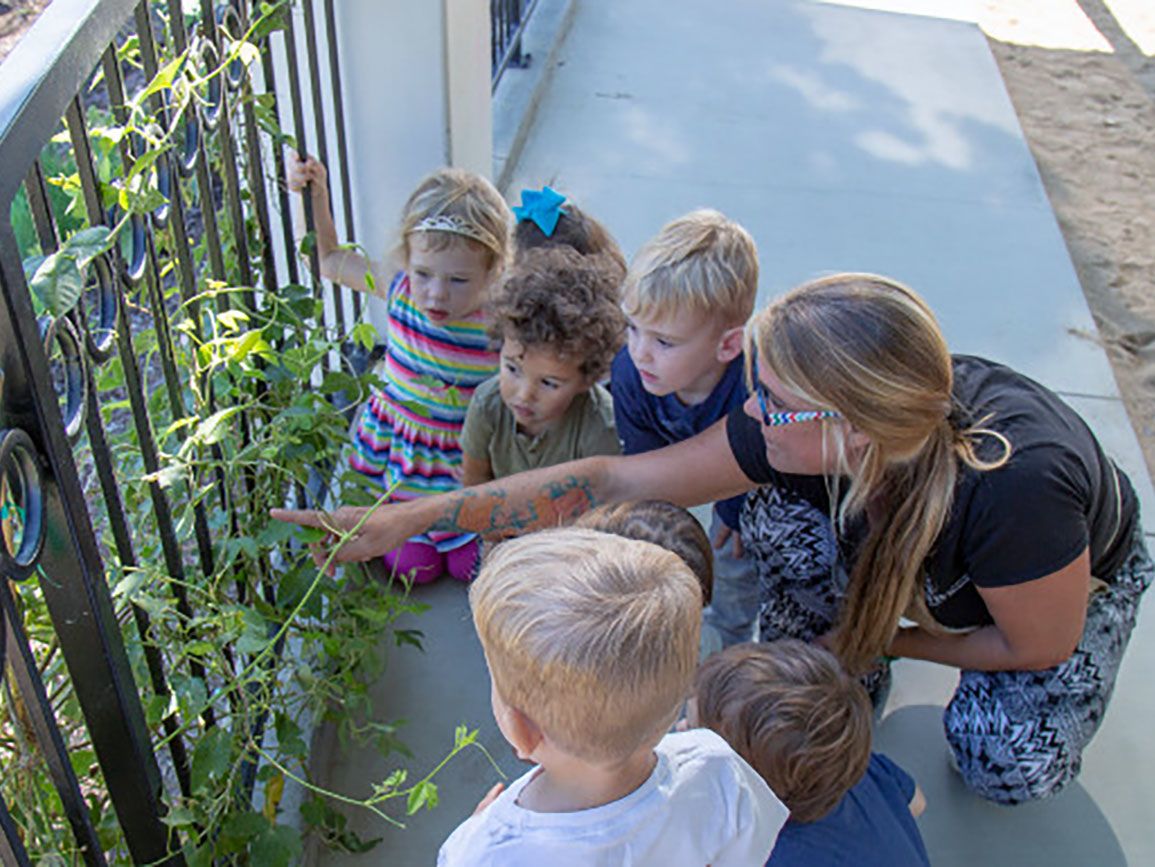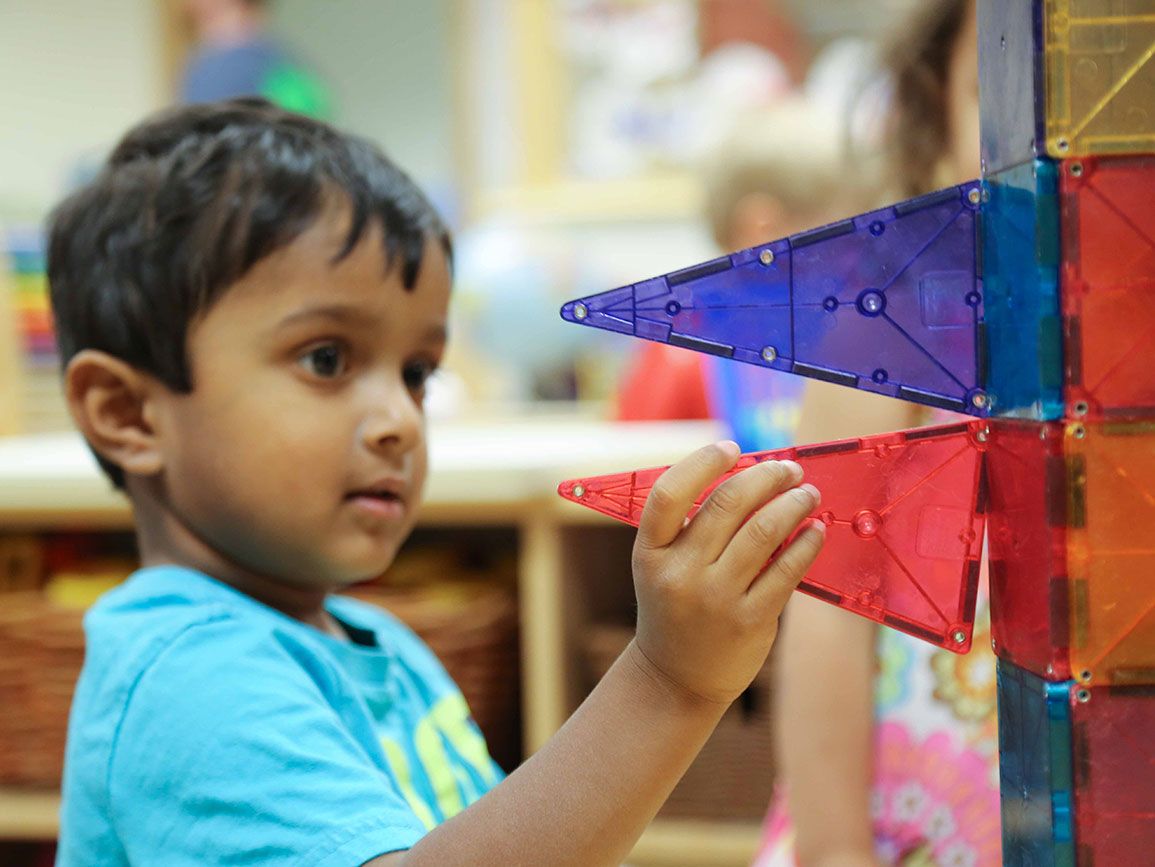Remember your child's first play dates as a toddler or preschooler? You chose the friends, the time, the venue, and the activity.
Welcome to elementary school, a time when friendships become more important to children, but parents often feel less in control. The elementary school years are a period of social learning as children—and parents—navigate increasing independence and more complex relationships. Help your school-age child transition successfully by staying connected, teaching communication skills, and setting safe boundaries.
Getting to Know Your Child's Friends
Your child happily tells you what they ate for lunch or learned in math, but when it comes to friends, they may not say as much. It's normal for children to want a measure of privacy with their friends.
On the other hand, it's important for parents to know their children's friends and it's important for children to feel comfortable sharing concerns with their parents. Ask your child about their friends, but maintain a casual, friendly approach. Create conversations with your child by using open-ended questions, i.e., "What did you play at recess?" or "What do you like most about Riley?"
Navigating Friendship Conflicts
Even best friends don't agree on everything. How can you help your child work through disagreements? First, model how to resolve conflict peacefully. Teach your child kindness and empathy skills while setting clear boundaries for negative behavior, such as physical harm, name calling, sarcasm, ridicule, yelling, or slamming doors. Demonstrate how to use language and listening to settle disputes. Here are some tips you can tell your child to teach them conflict resolution:
- Calm down; take a few deep breaths, walk away from the situation, or talk to a grown-up until you can think clearly.
- Share your point of view, using respectful language, i.e., "I felt mad when you laughed at me."
- Listen to the other person's perspective. Assume positive intent; in other words, assume that your friend probably didn't mean to make you mad.
- Make amends if necessary. This might include saying sorry, writing a note, or fixing something that's been broken.
- Come up with a solution you can both agree on.
Setting Boundaries for Your Children and Their Friends
As your child grows through the elementary years, you'll find that families have different priorities and values. What's okay in one family might not be okay in another. Talk with your child about what to do if they encounter an uncomfortable or unsafe situation. For example, what should your child do if a friend dares them to do something dangerous, like jumping off something high? Tell your child that it's okay to leave a friend's house at any time. Children often worry about offending peers. Tell your child to simply say, "I'm not feeling good." This statement is honest, but kind.
School-age children can have deep, rewarding friendships, yet they are still learning the rules of social interaction and communication. Some children seem to learn these rules intuitively; others can benefit from your direct teaching. Stay involved. The experiences your child has now pave the way for satisfying friendships in the future.





